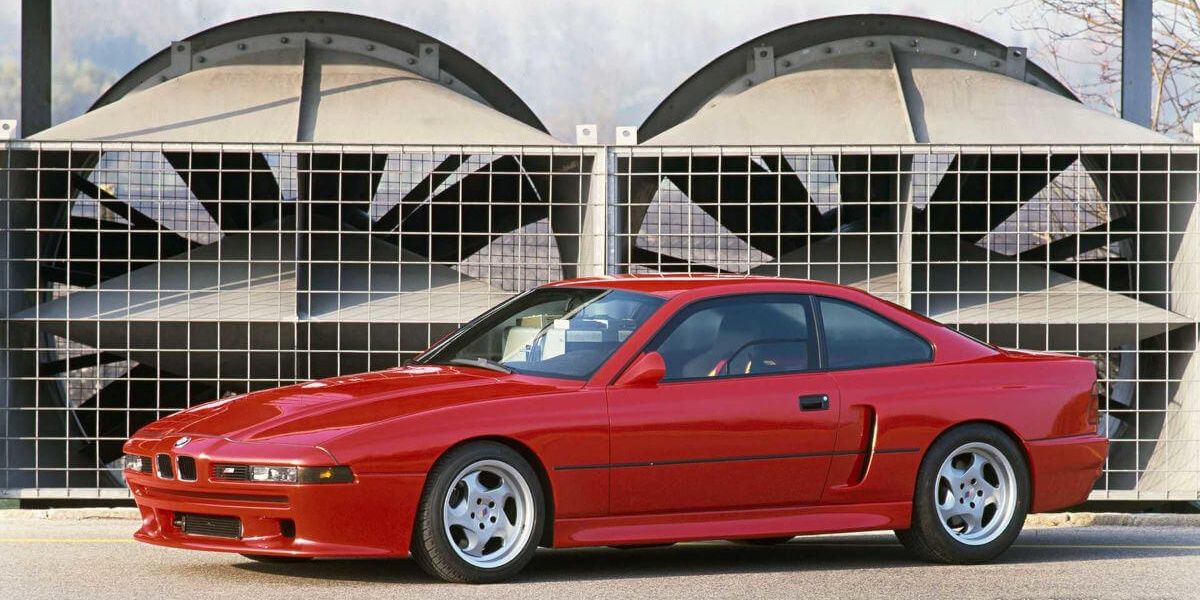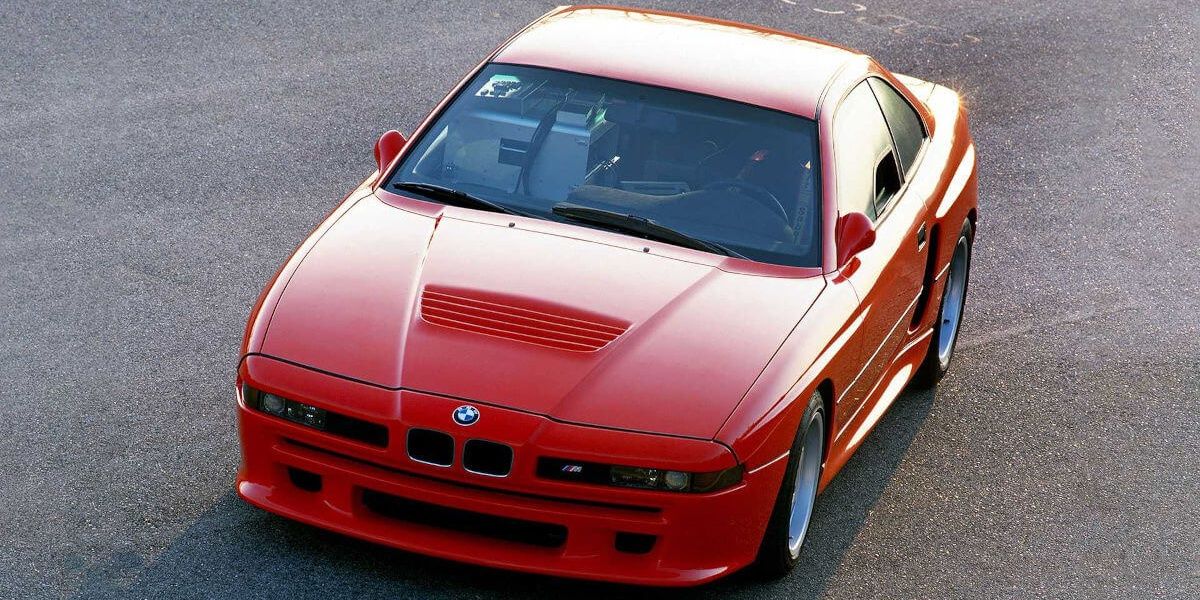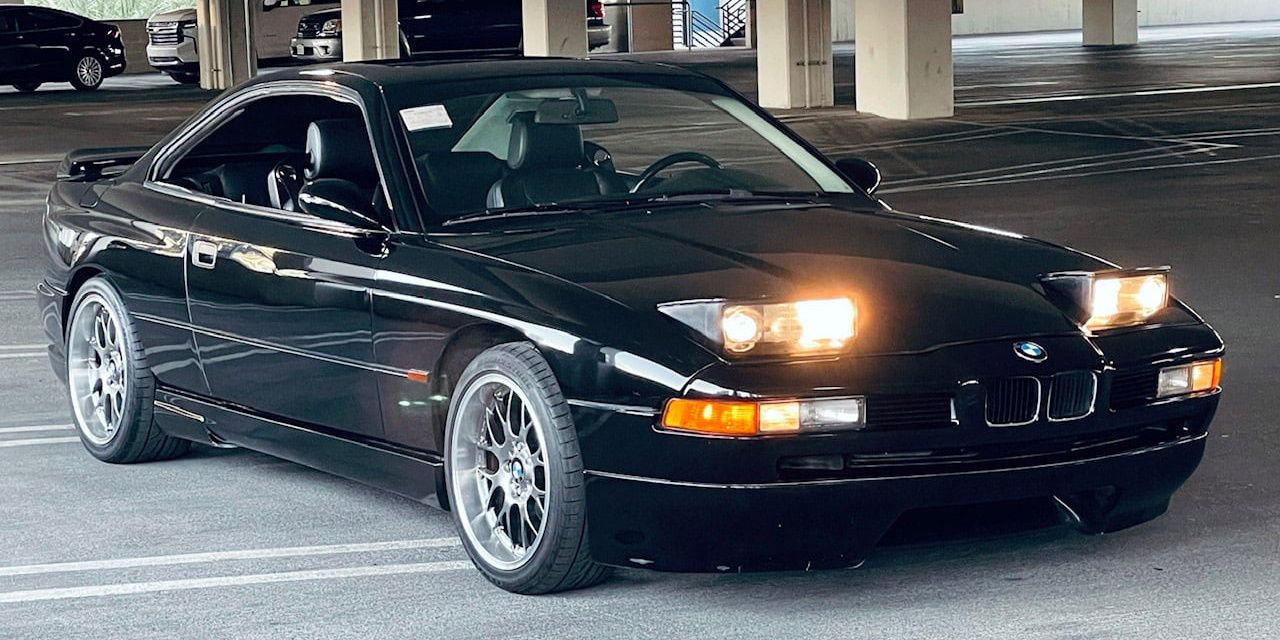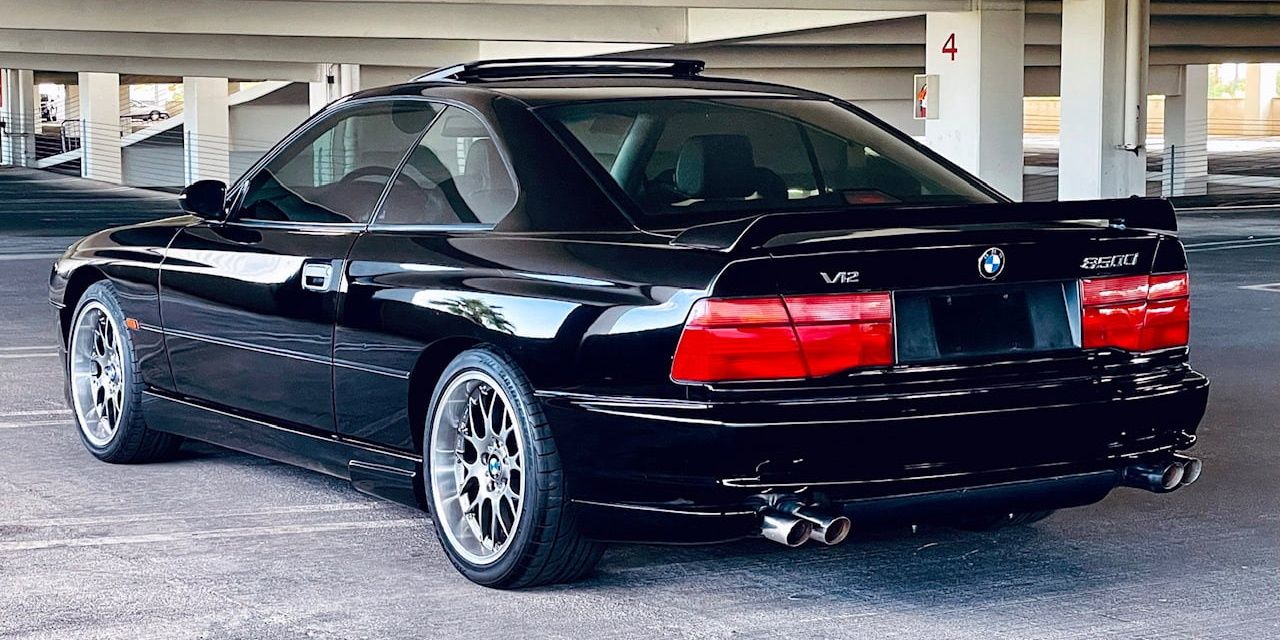Germany is the birthplace of some of the best car brands currently available. Every major German carmaker has released cars that have captivated generations of gearheads. From the more affordable Volkswagen Golf to the game-changing BMW M3 E30, Germany is home of a myriad of cars that embody sturdiness and sportiness.
With that said, automakers do not always hit the nail on its head. There are times when great vehicles end up failing for a variety of reasons. Though the E31 is not among the most iconic BMW classic cars ever made, it is one of the greatest failed vehicles ever released by the Bavarian company. Despite being a commercial failure, the E31 remains a terrific vehicle.
10 First E31
It is clear that things started taking a different turn when the M-Division was first created. Originally staffed with 35 employees in 1972, the division grew exponentially over the years. As a result, the know-how of the engineers working in the M-Division could be found across the board. It translated into more powerful and sporty vehicles. The E31 is a prime example.
First made available to the public in 1991, the E31 is undeniably among the sickest BMW sports cars ever. With an original MSRP of around $100,000, the E31 was BMW's most luxurious sports coupe. The E31 replaced the iconic E24, so there were some big shoes to fill. Planned since 1981, the 8-Series E31 took years to develop. In fact, the process included so many new technologies at the time that the development of the E31 cost around 1.5 billion Deutsche Mark, which is a little over $810 million in 2022 Dollars.
9 Typical BMW Interior
As with most upper-level carmakers, BMW offers cars that are beautifully built inside and out. Though it is true that the BMW M3 E30 was somewhat plain when it comes to its interior, it was meant for the track. The BMW M5 E28 was far more luxurious in comparison. When it comes to the 8-Series, BMW gave it the usual treatment.
High-end BMWs tend to come with some of the most elegant and sporty cockpits. When looking at the 2022 BMW 850i Coupe, anybody could assume that BMW's spiffy interiors are a new occurrence. However, a quick look inside the first 8-Series will let anyone realize that BMW meant business when it designed the grand tourer. As anyone would expect in a $100,000 car, the power seats are covered in leather.
8 Supercar Status
Back in the '70s, BMW came out with the insane M1. The mid-engine sports car was produced in limited edition, but remains until today one of the first supercars released by BMW. The 3.5-liter inline-six engine may look tame by today's standards, but it sure was something else back then. The M1 became a legend for all the right reasons. When looking at the 8-Series, it is fair to say that it could have had the same fate.
When BMW released the 8-Series, it banked on the success of the M635CSi (just called "M6" in the U.S.) and hoped that the public would dive right into a V12-powered BMW. Around that time, other cars fitted with V12 engines were the Lamborghini Diablo, the Bugatti EB110, and the McLaren F1. The 8-Series sure was looking to play on the main stage. For a mass-produced car, the 8-Series is a true gem that deserves more recognition.
7 The Alternative
A BMW like the 850Ci is not the most affordable car to maintain. One major issue in the engine department and things will start becoming pricey. It is to be expected, since the E31 comes with two engine options (V12 and V8) that are both equally thrilling. Though one is smaller than the other, BMW made sure that either of its beautifully-engineered engines would satisfy enthusiasts looking for strong performance and refinement.
The 8-Series was first introduced at the Frankfurt Motor Show equipped with a healthy V12. Though the V12 is an absolute wonder, BMW introduced a V8 version (840 Ci) for 1994 (in the U.S.) thus offering a less costly (and less thirsty) entry into the 8-Series club. It is often said that there is a huge difference between the V8 and the V12. However, several E31 owners have agreed that both versions are equally mind-blowing.
6 Motor
German carmakers were never afraid of showing off their muscles. At BMW, things started getting serious with the M635CSI. The top-line 6-Series was the best BMW car on the market in 1983 in Europe (it debuted later in the U.S as the M6). Following the success of the M3 E30, BMW tried to replicate another success with its 8-Series. The E31 may not have been a huge commercial success, but it sure had engineering prowess.
Using the same engine found on the 740i, the 840Ci originally came with the 4.0-liter M60B40 V8 that pumps out 282 hp and 295 lb-ft of torque. Though impressive, the M60 would eventually be replaced by the 4.4-liter M62 V8. It produced the same amount of horsepower, but the torque increased to 310 lb-ft. While smaller than the V12s offered in the 850s, both of those V8s are terrific engines that provide a very smooth experience.
5 German Supercar
In the last two decades, gearheads saw the apparition of emblematic sports cars such as the Porsche Carrera GT and the Mercedes-Benz SLS AMG. These cars, though unattainable for the vast majority of car fans, are among the most sought-after modern sports cars ever made. For gearheads looking for something a bit older, the BMW 850CSi is a safe bet.
The 850CSi may end up becoming one of the most wanted classic BMWs in the near future. As of now, the most pristine 850CSi's can easily go north of $180,000. Though released during the '90s, the 850CSi achieved the status of classic in less than 30 years. For those who love M cars, the 850CSi is essentially the M8 BMW never made.
4 The Beast Within
Tons of engines released by BMW were the best things since sliced bread back in their hey-days. The M70 is one of them, and it is well-known among hardcore BMW fans.
Also found in the McLaren F1, the M70 engine is one of the best features of the BMW 850CSi. On the F1, the S70's displacement was increased to 6.1 liters. With a power output of 618 hp and 479 lb-ft of torque, BMW showed that its S70 was a true supercar engine. For the 850 CSi, BMW offered the S70 with a 5.6-liter displacement capable of developing 375 hp and 406 lb-ft of torque. As such, the S70 found on the 850CSi was fast and fun. Given the fact that a lot more power could be extracted from the S70, BMW should have thought of releasing an ultimate 8-Series.
3 Souped Up
The vast majority of German sports cars are fun to drive and luxurious. They never fail to attract the attention of fellow car fans. To some owners, keeping their outstanding beasts stock simply was not enough. Understanding that there was a demand for more power, companies such as Hamann and Dinan have specialized in turning great BMWs into monsters from the seventh layer of hell.
Based on the first 850i, 850Ci, and 850CSi, Dinan offered both the B12 5.0 and 5.7. Thanks to a plethora of upgrades, the 5.0 could pump out a maximum of 345 hp and 347 lb-ft of torque. The 5.7, based on the 850CSi, boasted more appealing figures. With 410 hp and 420 lb-ft of torque, the B12 5.7 was the more exhilarating E31 BMW should have produced.
2 Why People Didn't Buy Them: It Wasn't An M Car
In 1990, the M-Division was alive and kicking. By the beginning of the '90s, the sport division of BMW had already released several M-badged cars. The M brand was already considered as the cherry on top back then. As a matter of fact, the M3 E36 and the M5 E34 were two great M cars that were perceived as some of the greatest sports cars ever made.
The elusive BMW M8 E31 Prototype was created in BMW's fashion. Being a top secret project, M8 was engineered around the time the E31 hit the market. Using a very similar version of the S70 found on the McLaren F1, the M8 was given a 6.0-liter V12 that put down 640 hp and 480 lb-ft of torque. But with an MSRP of about $100,000, the 8-Series was already pricey. The M8 would have been inaccessible to most people. With that said, BMW should have moved forward with the M8.
1 Why People Didn't Buy Them: The Price
Coming up with a novelty vehicle following several successes can be tricky. If the newer car does not tick all the boxes, it may end up facing a very grim existence. BMW came out with the M1 in the '70s, followed by the M3 E30 and M635CSi in the '80s, and a plethora of completely insane vehicles in the '90s. Unfortunately, not every high-end BMW sports car was a success.
The E31 was created in an effort to outdo the M635CSi. Unfortunately, the M635CSi had already mesmerized the vast majority of BMW fans. Fitted with a 3.5-liter inline-six engine that developed 282 hp and 246 lb-ft of torque, the M635CSi was slightly less powerful than the first V12-powered 850s but also it did not cost as much. In short, the E31 was never able to replicate the clout created by the M635CSi.

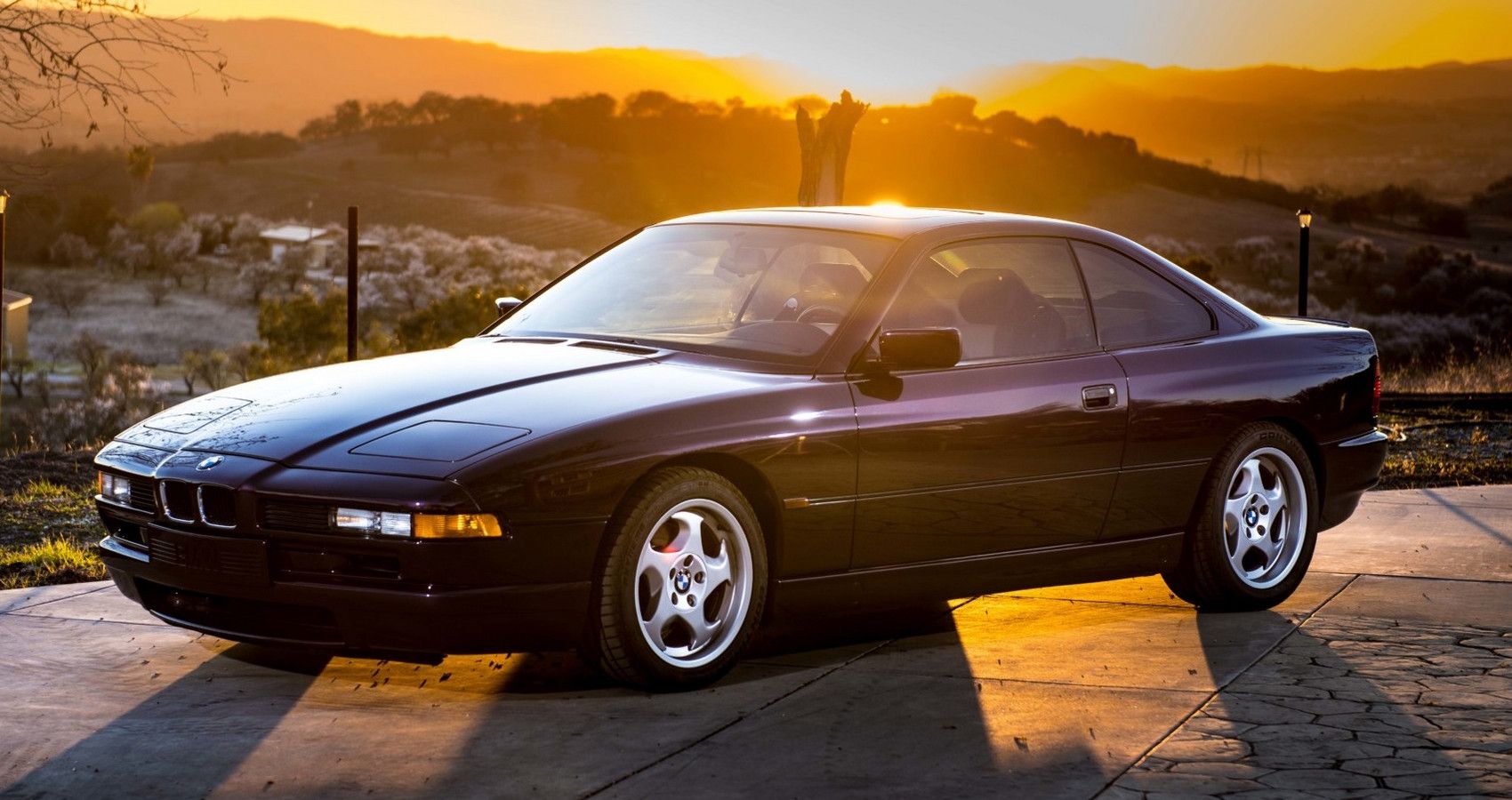
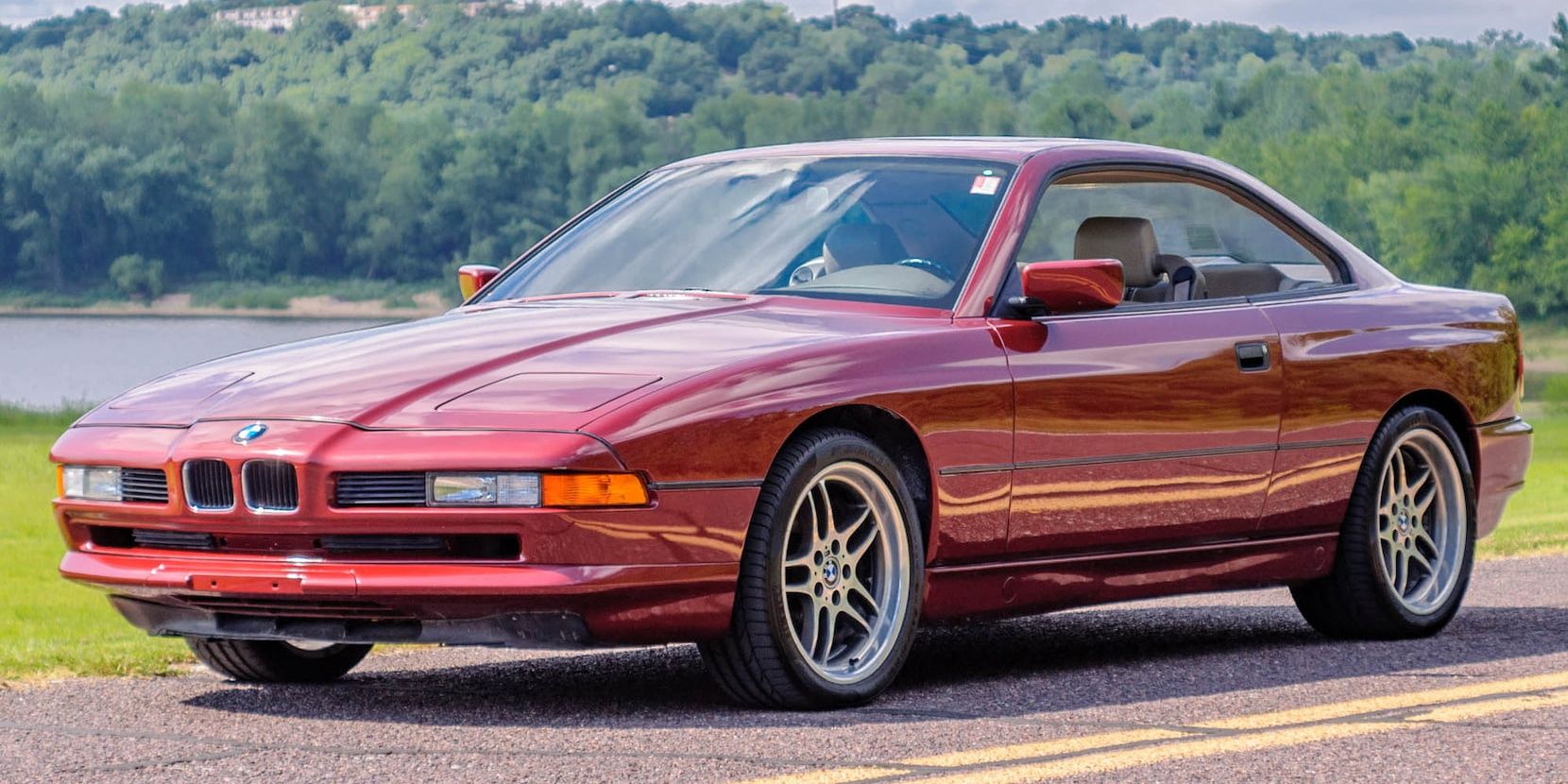
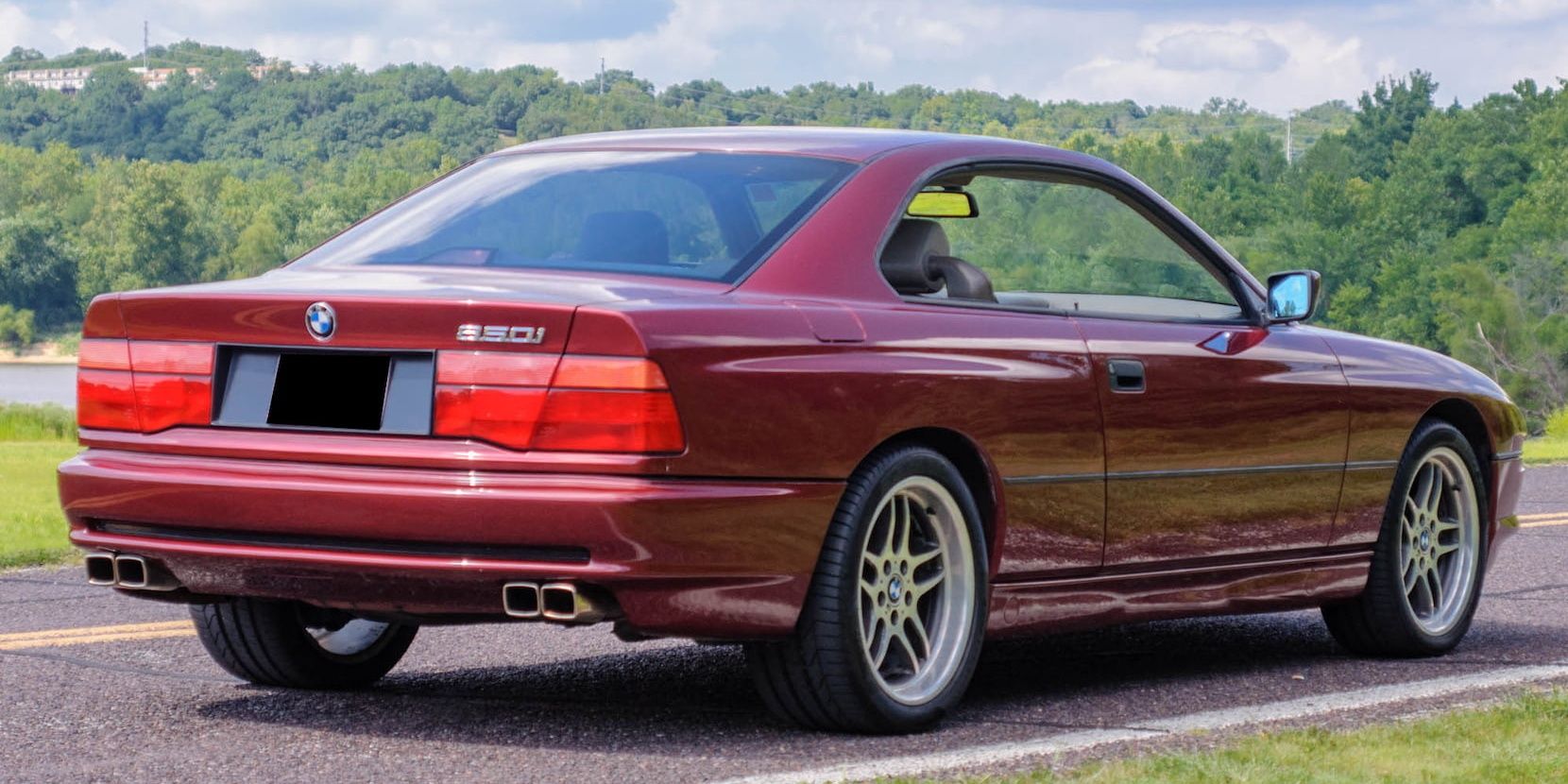
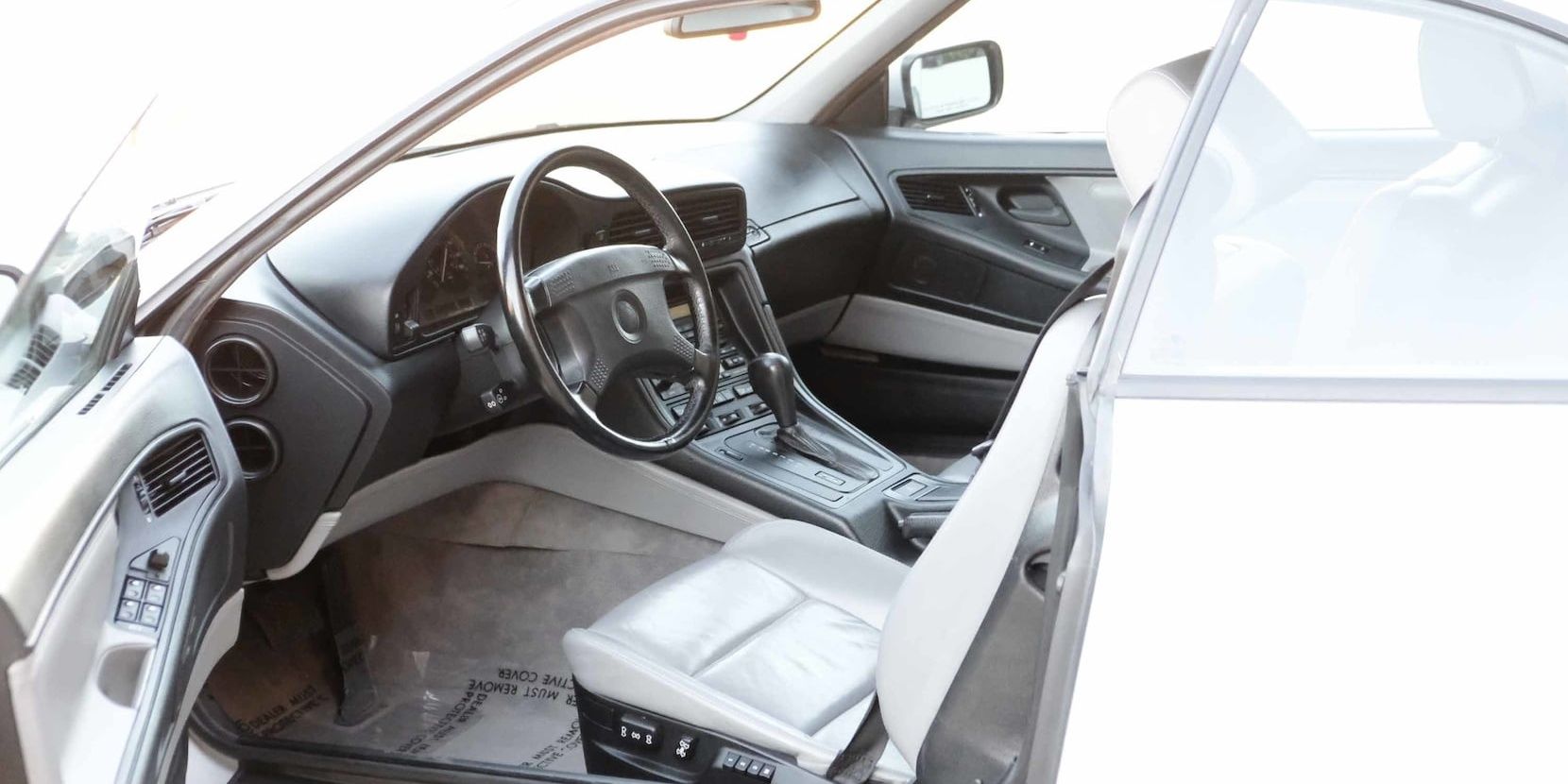
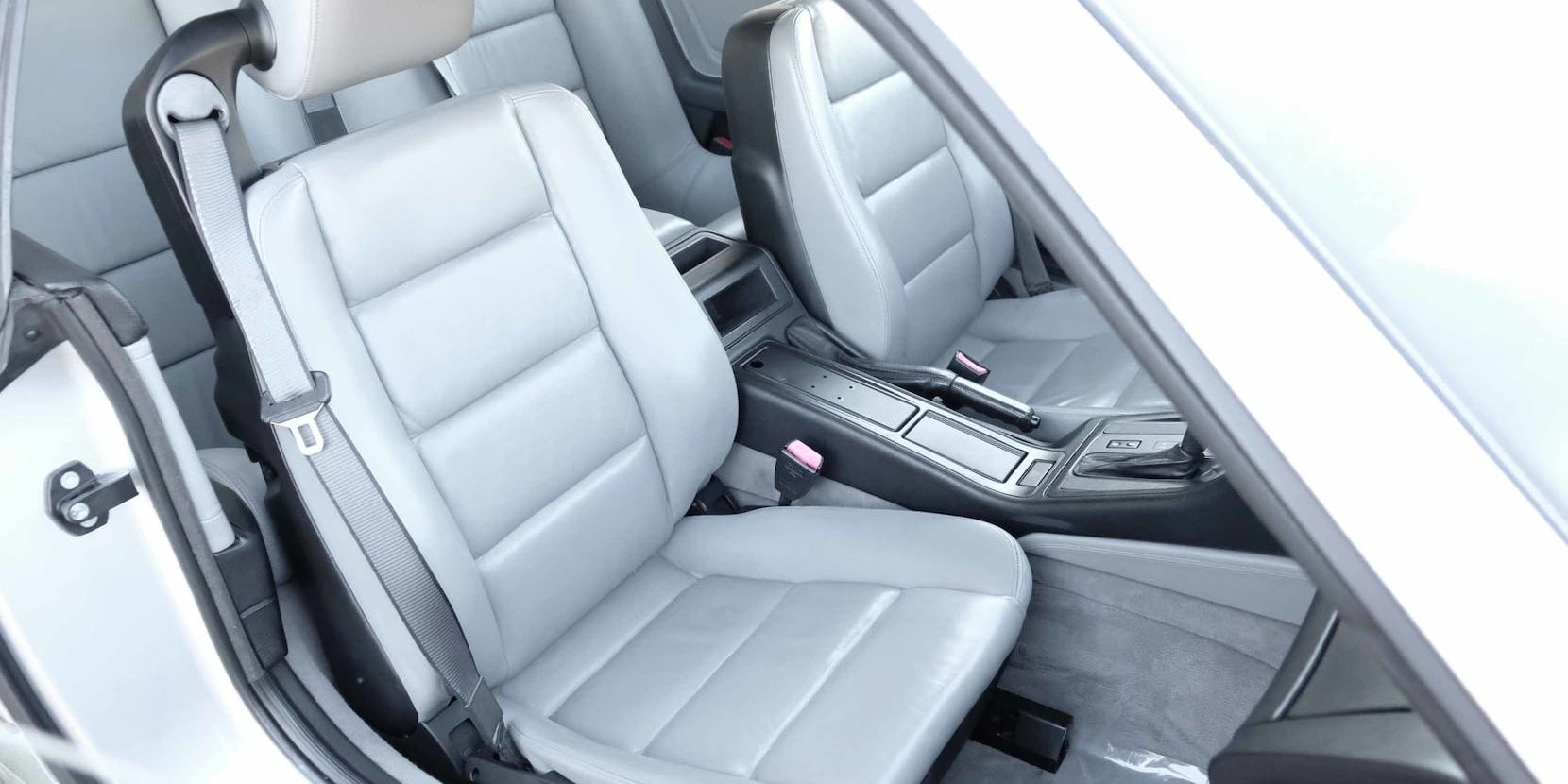
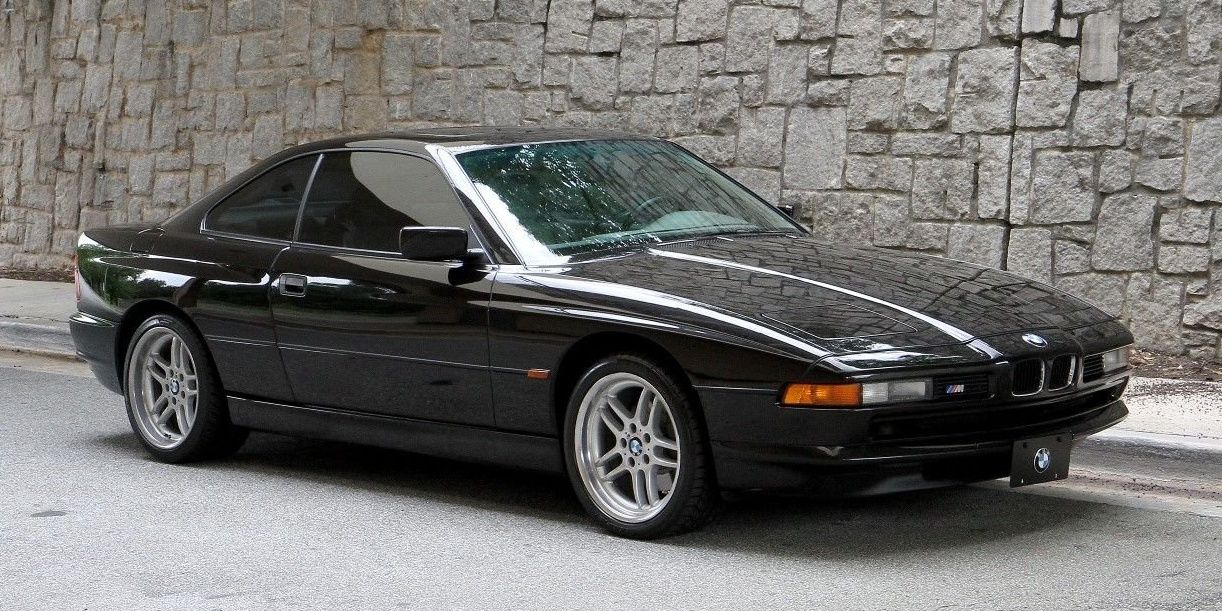
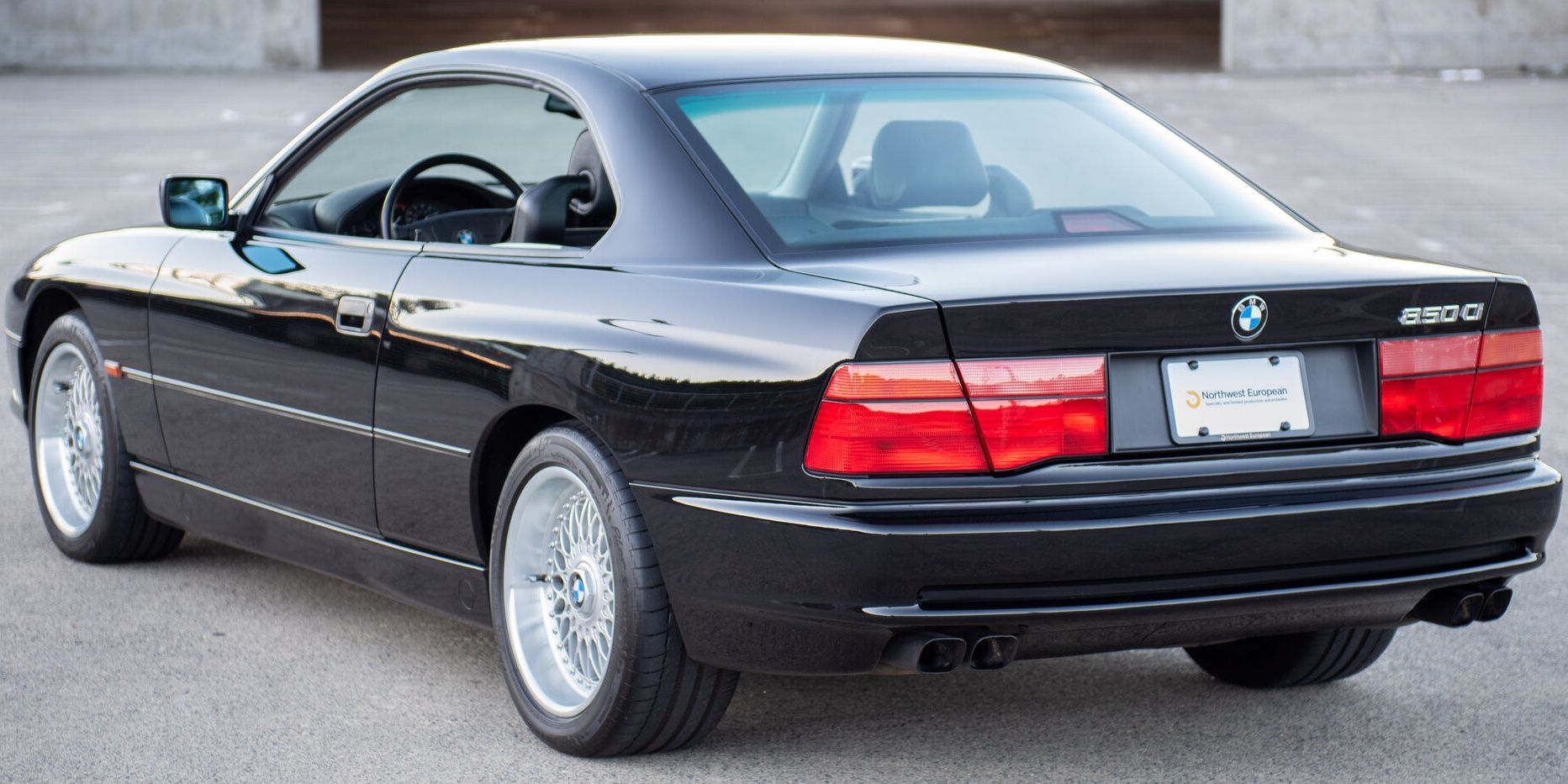
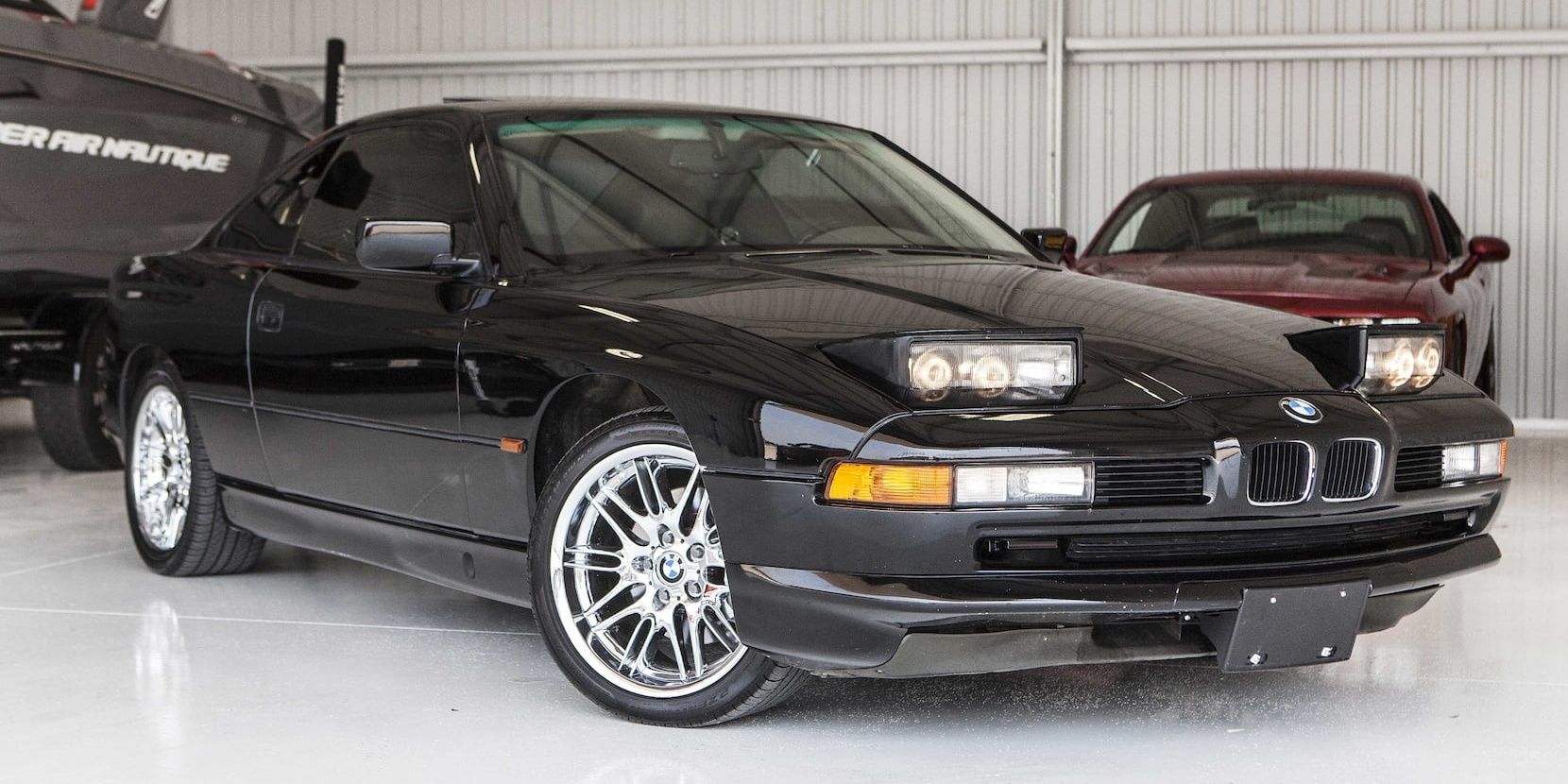
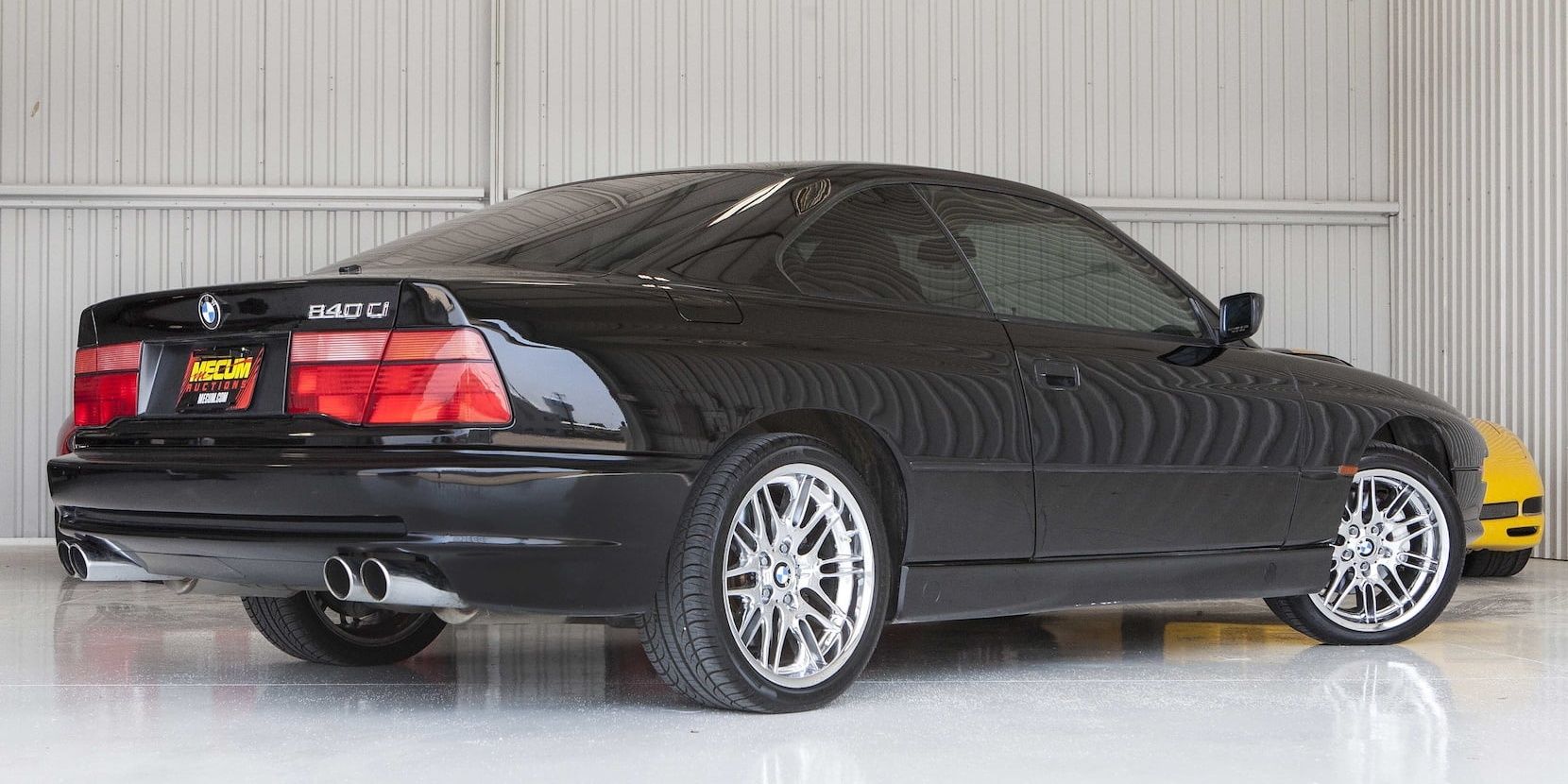
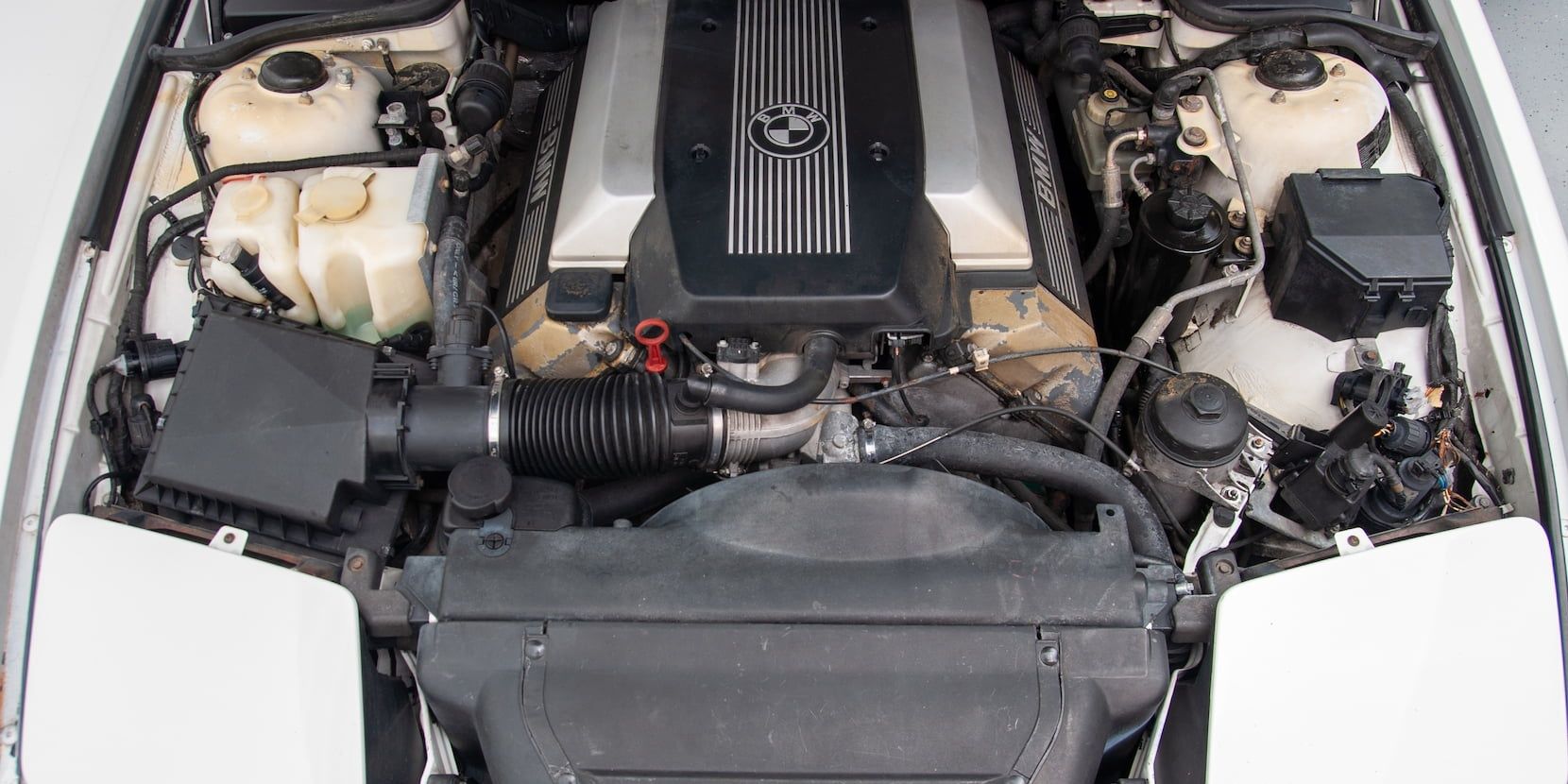
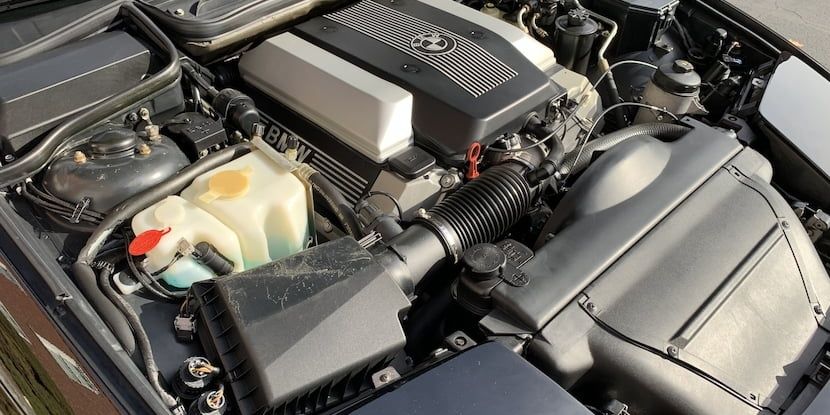
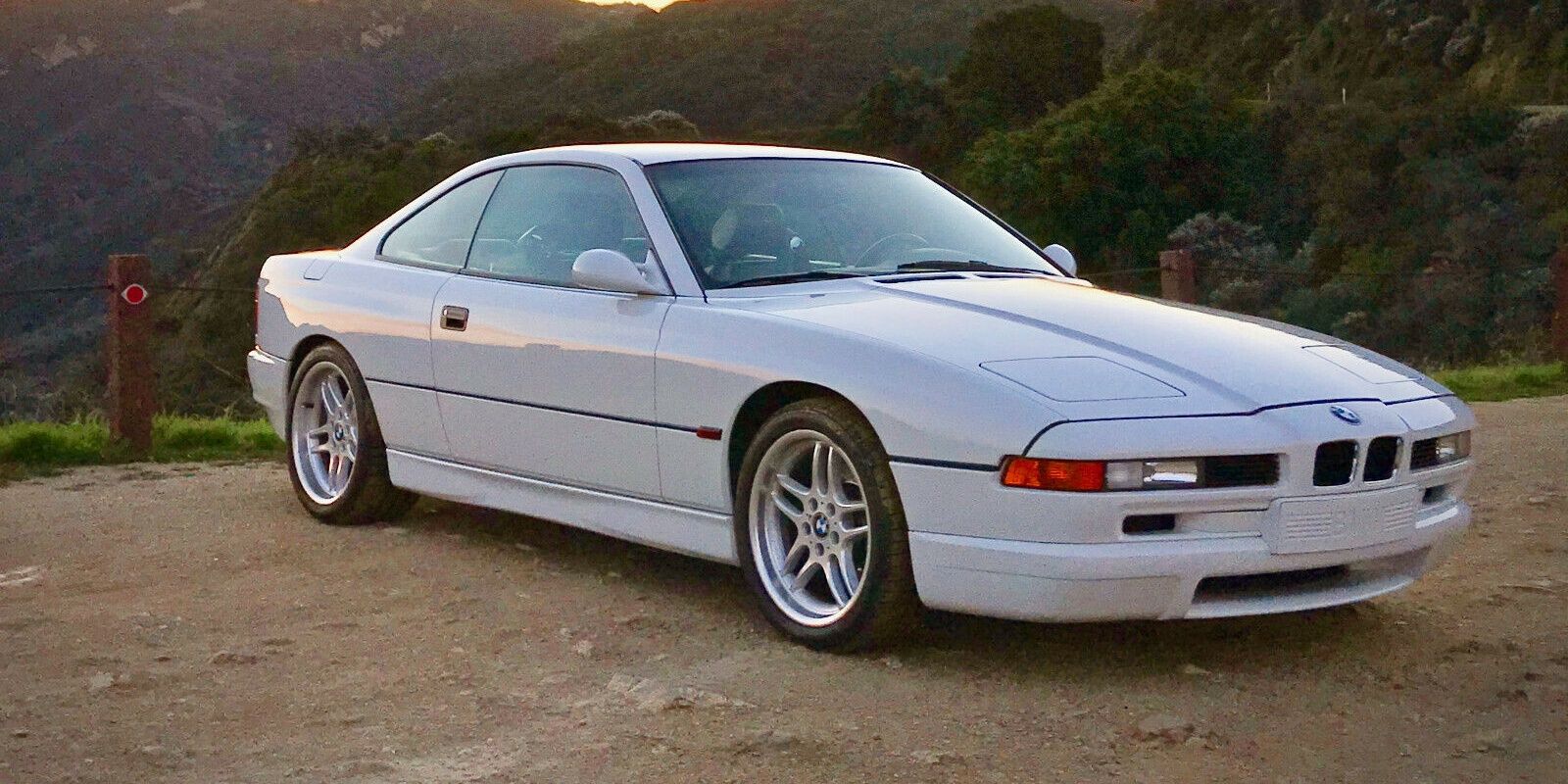
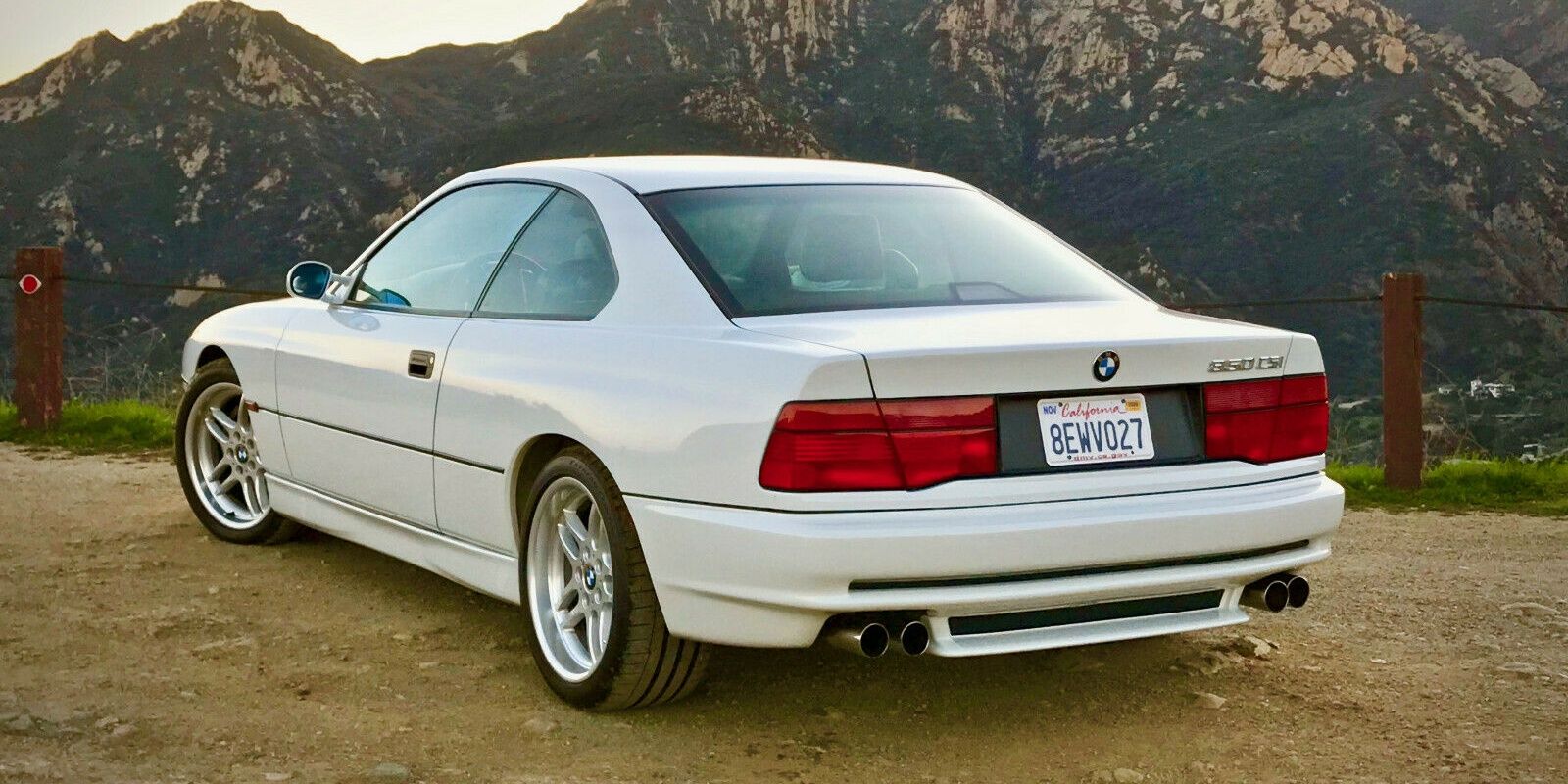
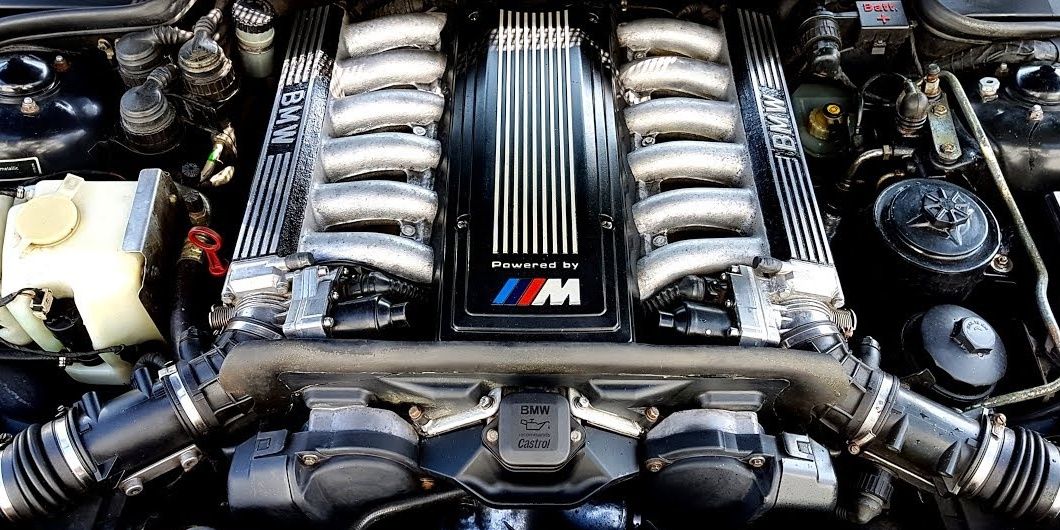
.jpg)
.jpg)
